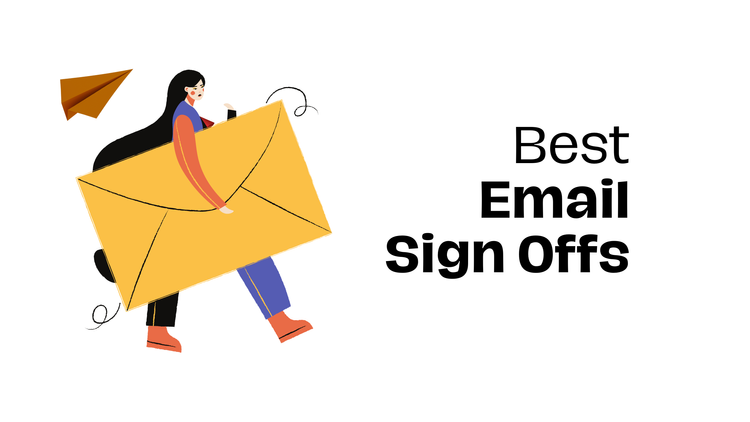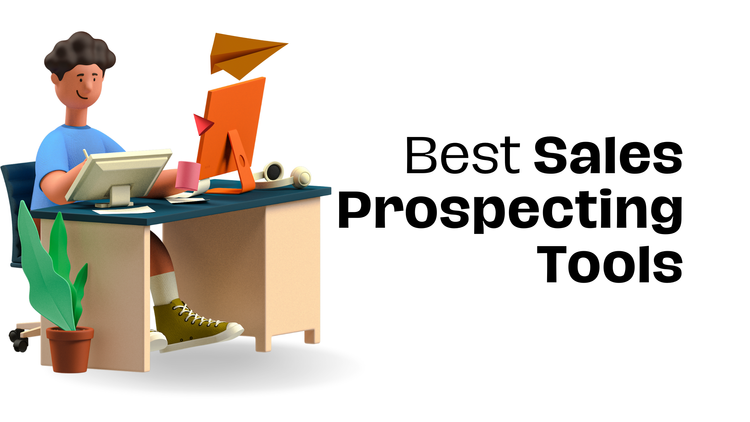11 Best Email Marketing Platforms in 2025
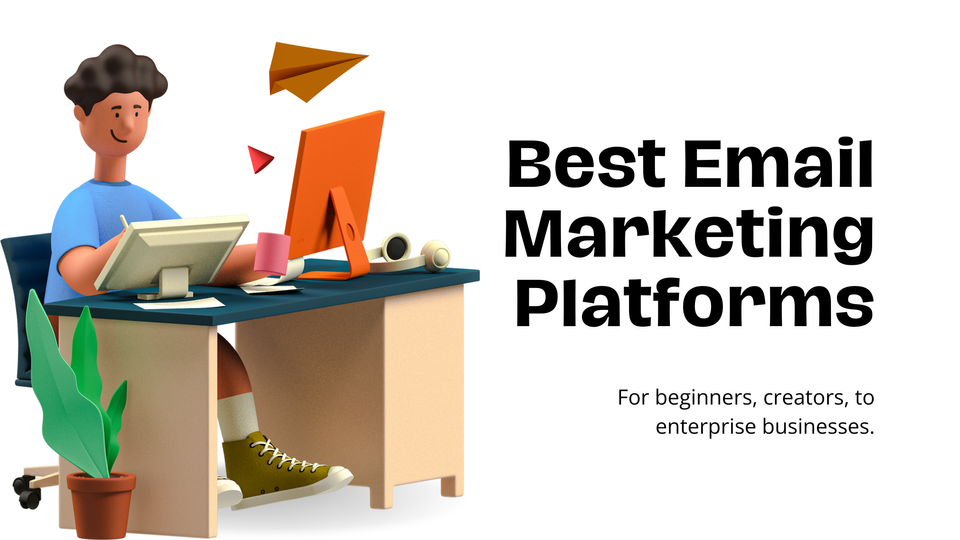
Looking for the best email marketing platforms to scale your business? With countless email marketing tools available, choosing the right one can be tough. Whether you need a simple email automation software or a robust email campaign manager, the key is finding a platform that aligns with your goals.
In this guide, we break down the top-rated email marketing services to help you make an informed decision and maximize your ROI.
Here are the top 10 email marketing platforms in 2025:
Best Email Marketing Platforms at a Glance
| Name | Pricing | G2 Rating | Features |
| MailerLite | Free plan available; Paid plans start at $10/month. | 4.7/5 | Drag-and-drop editor, automation, analytics. |
| Moosend | Starts at $9/month, with a 30-day free trial. | 4.6/5 | Email marketing, automation, analytics. |
| Saleshandy | Starts at $36/month, with a 7-day free trial. | 4.6/5 | Email tracking, mail merge, email scheduling, follow-up automation. |
| ActiveCampaign | Starts at $39/month with 14-day free trial. | 4.5/5 | Email marketing, automation, CRM, analytics. |
| ConvertKit | Free plan available; Paid plans start at $15/month. | 4.4/5 | Email automation, customizable forms, landing pages. |
| Drip | Starts at $39/month, with a 14-day free trial. | 4.4/5 | Personalization, automation workflows, analytics. |
| HubSpot | Starts at $20/month. | 4.4/5 | Email marketing, CRM, automation, analytics. |
| Intuit Mailchimp | Free plan available; Paid plans start at $9.19/month. | 4.3/5 | Drag-and-drop email builder, automation, analytics, A/B testing. |
| AWeber | Free plan available; Paid plans start at $14.99/month. | 4.2/5 | Email automation, drag-and-drop editor, analytics. |
| Campaign Monitor | Starts at $11/month. | 4.1/5 | Drag-and-drop builder, automation, analytics. |
| Mailtrap | Free plan available; Paid plans start at $15/month. | 4.8/5 | Email testing, sending, analytics, automation. |
MailerLite
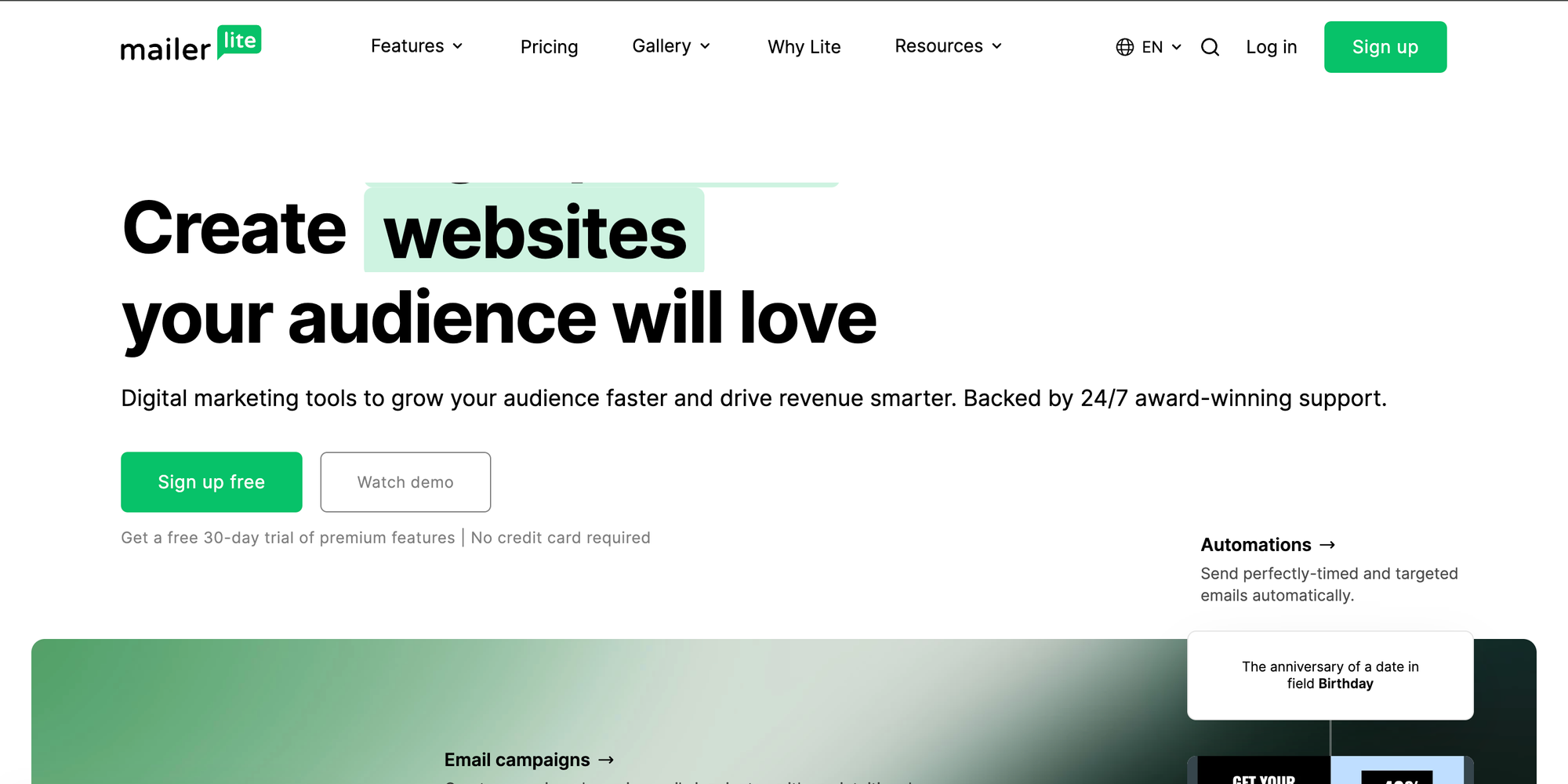
Best for: Beginners and small businesses
Pricing:
- Free plan - 1000 subscribers, 2 users, unlimited emails
- Paid plan starts from $10/month - 500 subscribers, 3 users, unlimited emails
Pros
- Affordable pricing, especially for small businesses.
- User-friendly interface.
- Responsive customer support.
- Automation features available even in the free plan.
Cons
- Advanced features may be limited compared to some other platforms.
Moosend
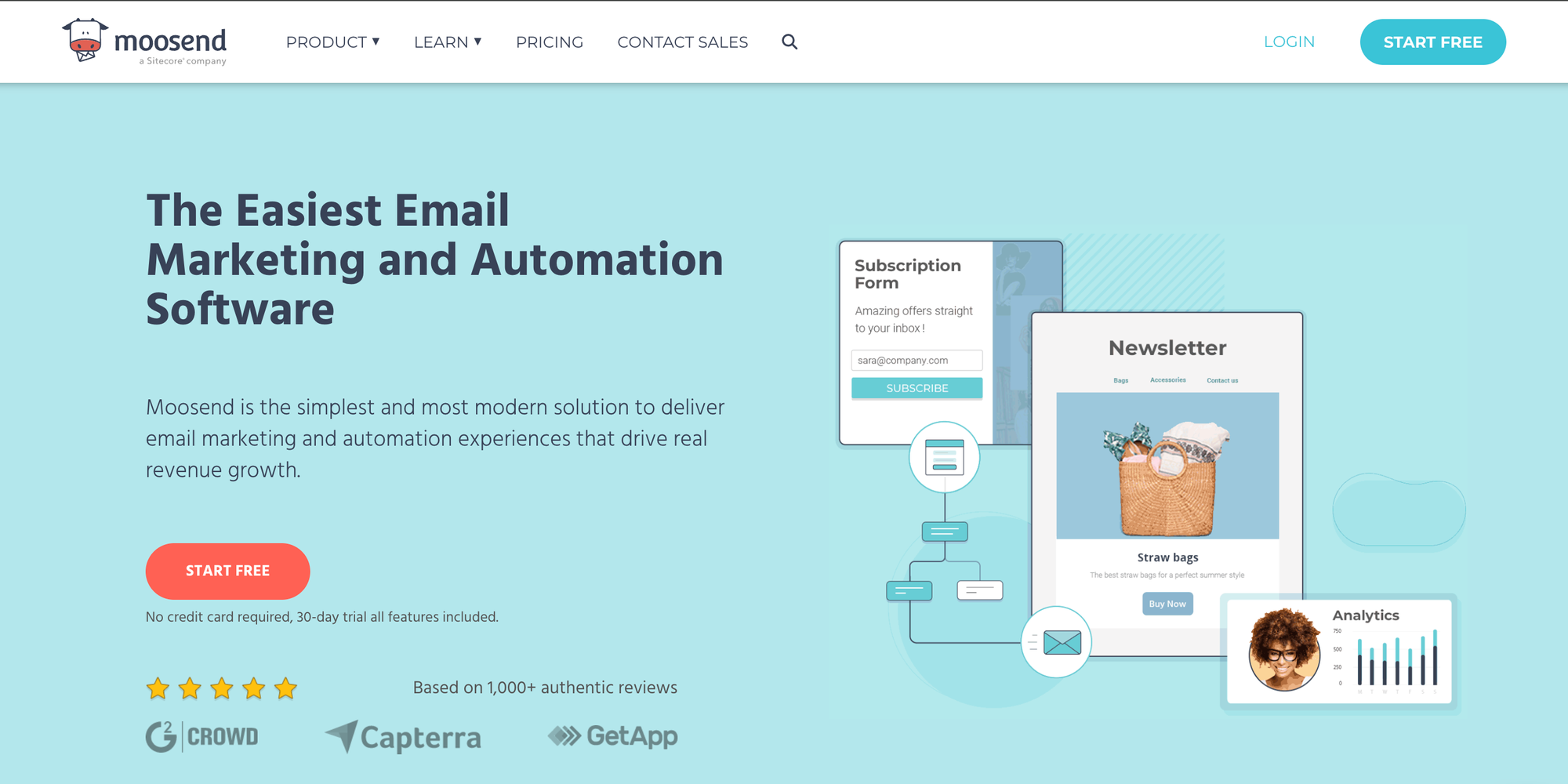
Best for: Small businesses
Pricing:
- 30-day free trial - 1000 subscribers, 1 user, 12K emails/month
- Paid plan starts from $9/month - 500 subscribers, 5 users, unlimited emails
Pros
- Competitive pricing.
- Drag-and-drop email builder.
- Marketing automation features.
- Good deliverability rates.
Cons
- Some users may find the interface less intuitive compared to other platforms.
Saleshandy
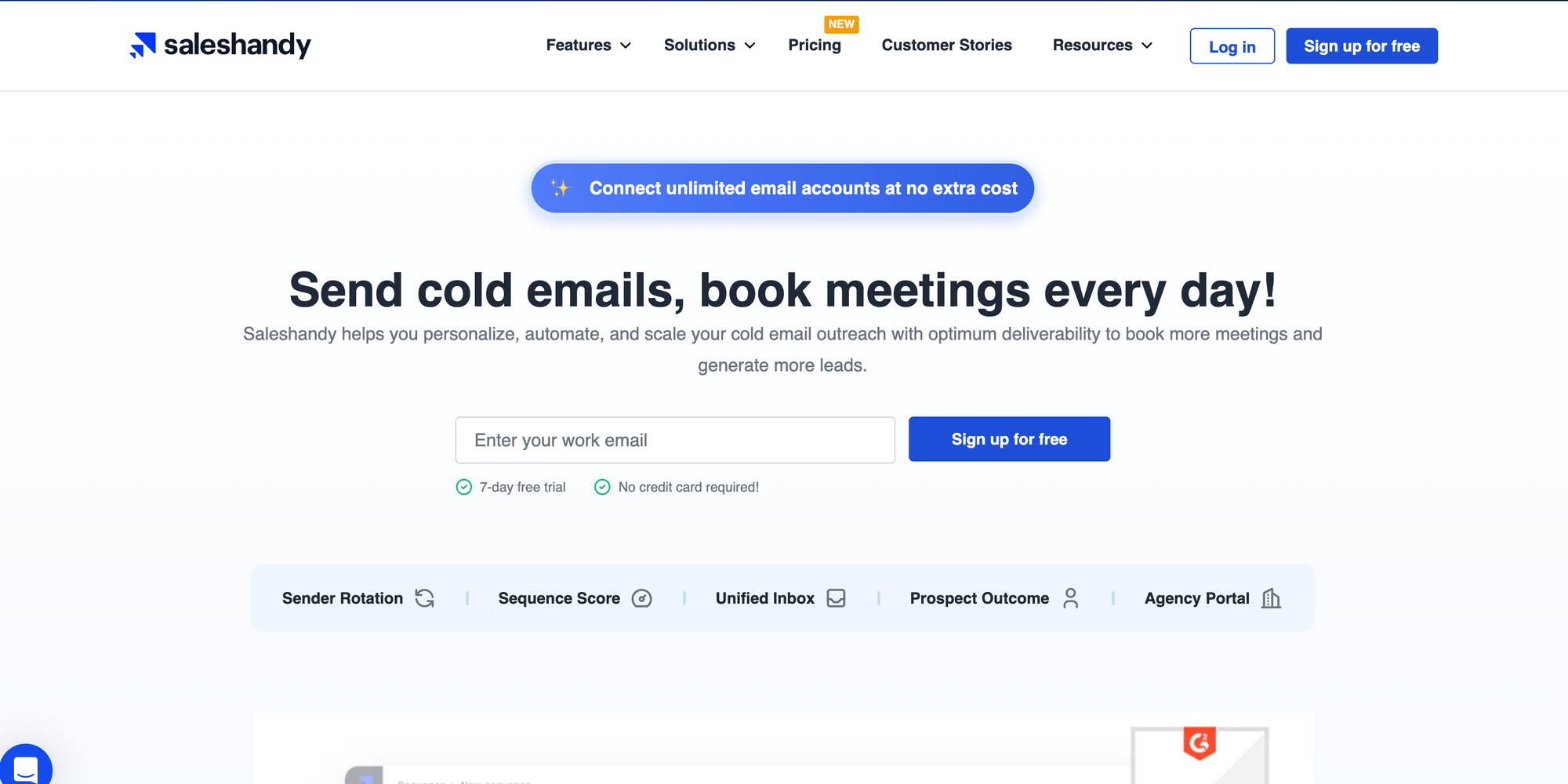
Best for: Small businesses to enterprises
Pricing:
- 7-day free trial - for all plans
- Paid plan starts from $36/month - 2000 subscribers, 1 user, 6K emails/month
Pros
- Focus on email tracking and analytics.
- Integration with CRM tools.
- Email scheduling and follow-up features.
Cons
- May not offer as many advanced email marketing features compared to dedicated platforms.
ActiveCampaign

Best for: Small businesses to enterprises
Pricing:
- 14-day free trial - for all plans
- Paid plan starts from $39/month - 1000 subscribers, 1 user, 10K emails/month
Pros
- Robust automation capabilities.
- Advanced segmentation and targeting options.
- CRM integration.
- Split testing for emails.
Cons
- Pricing may be higher for smaller businesses.
- Steeper learning curve for beginners.
ConvertKit
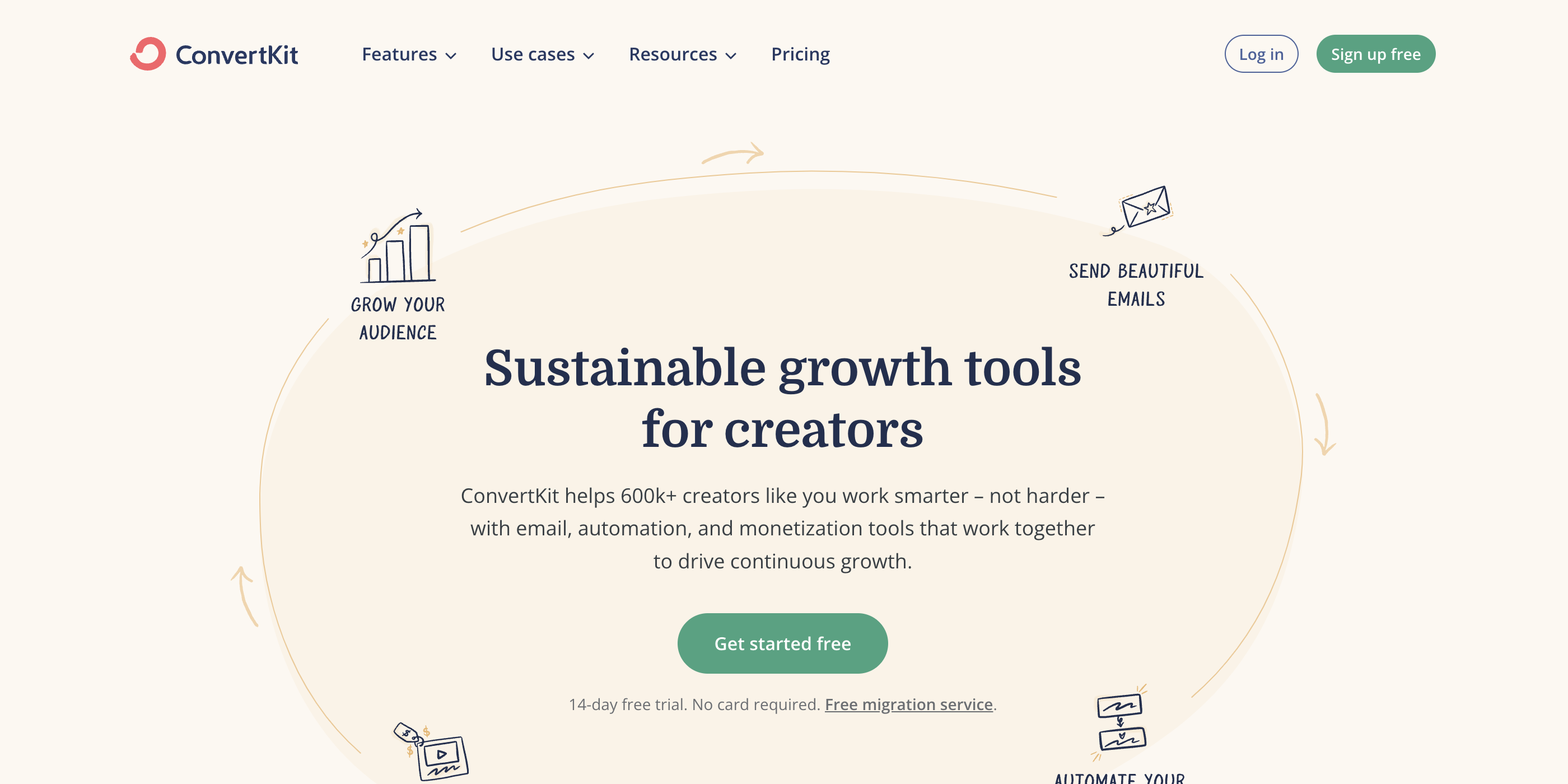
Best for: Beginners, small teams, creators
Pricing:
- Free plan - 1000 subscribers, 1 user, unlimited emails
- Paid plan starts from $15/month - 300 subscribers, 1 user, unlimited emails
Pros
- Designed for content creators and bloggers.
- Simple and intuitive interface.
- Automation sequences.
Cons
- Limited in advanced features for complex marketing strategies.
Drip
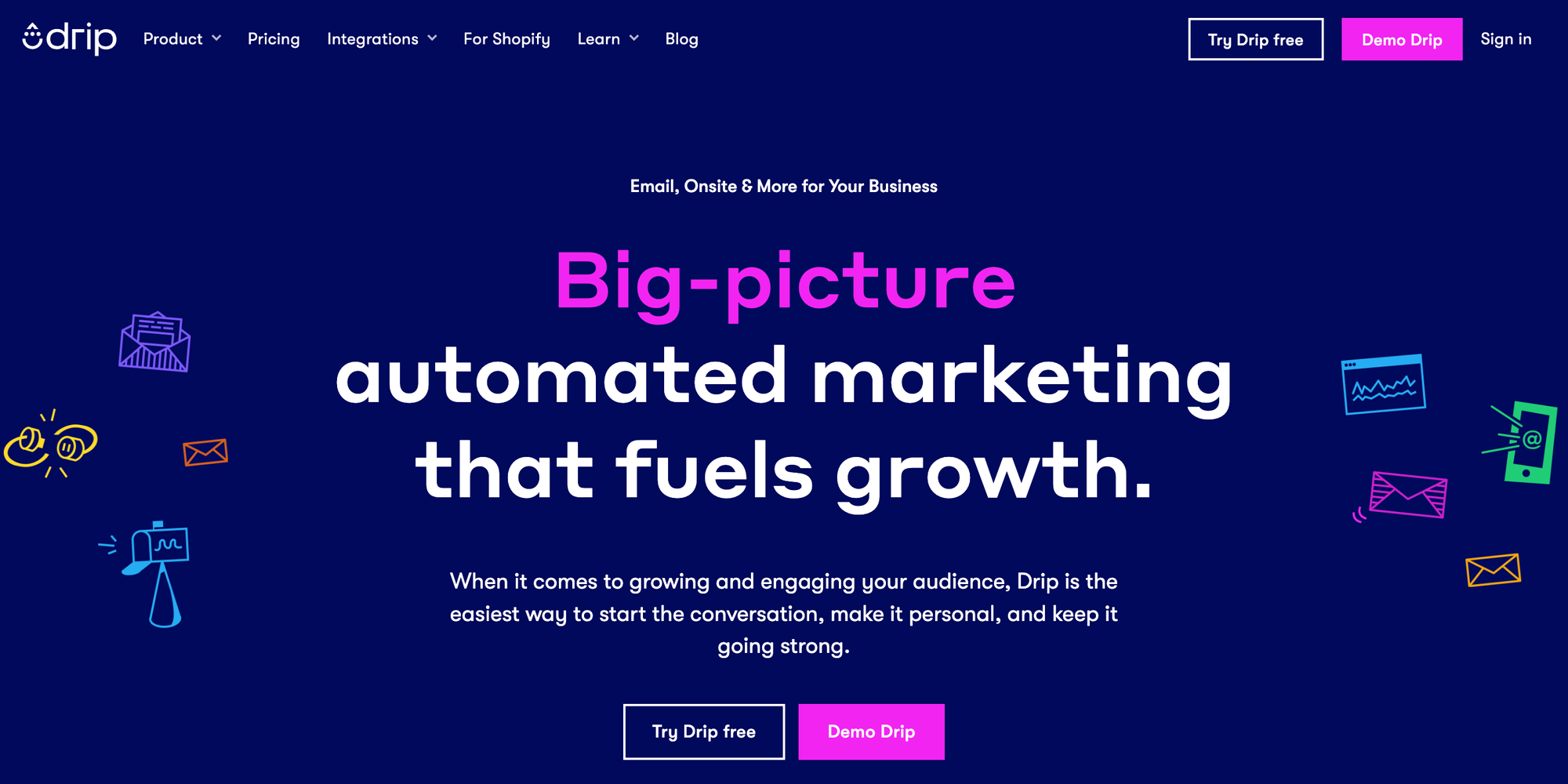
Best for: Beginners, small teams, creators
Pricing:
- 14-day free trial - for all plans
- Paid plan starts from $39/month - 2500 subscribers, 1 user, unlimited emails
Pros
- Powerful automation and segmentation.
- Visual workflow builder.
- Integration with e-commerce platforms.
Cons
- Pricing may be higher for larger lists.
HubSpot
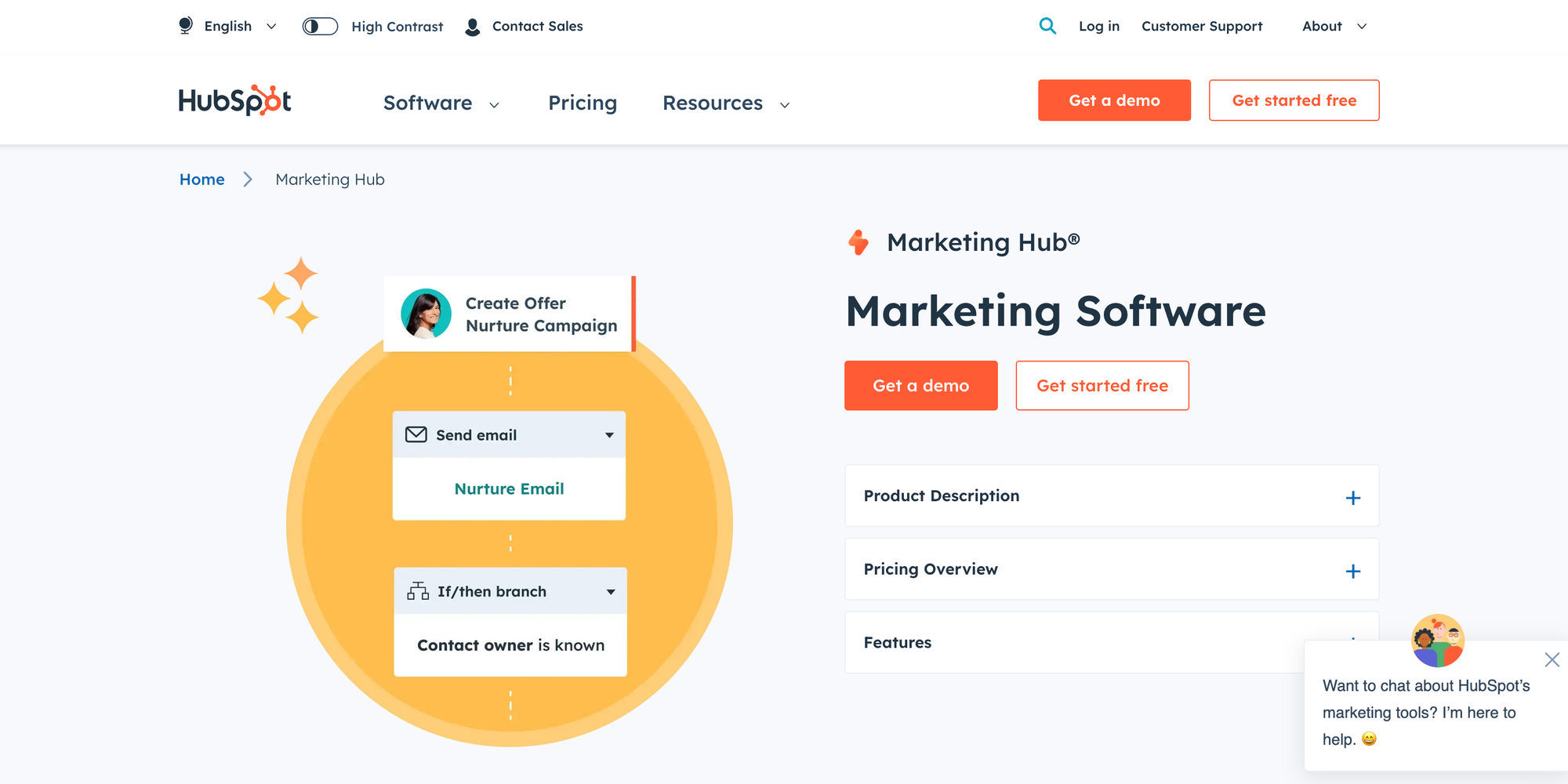
Best for: Beginners, small teams, creators
Pricing:
- Paid plan starts from $20/month - 1000 subscribers, 1 user, unlimited emails
Pros
- All-in-one marketing, sales, and customer service platform.
- Robust CRM integration.
- Advanced analytics.
Cons
- Can be expensive for small businesses.
- Learning curve for new users.
Intuit Mailchimp
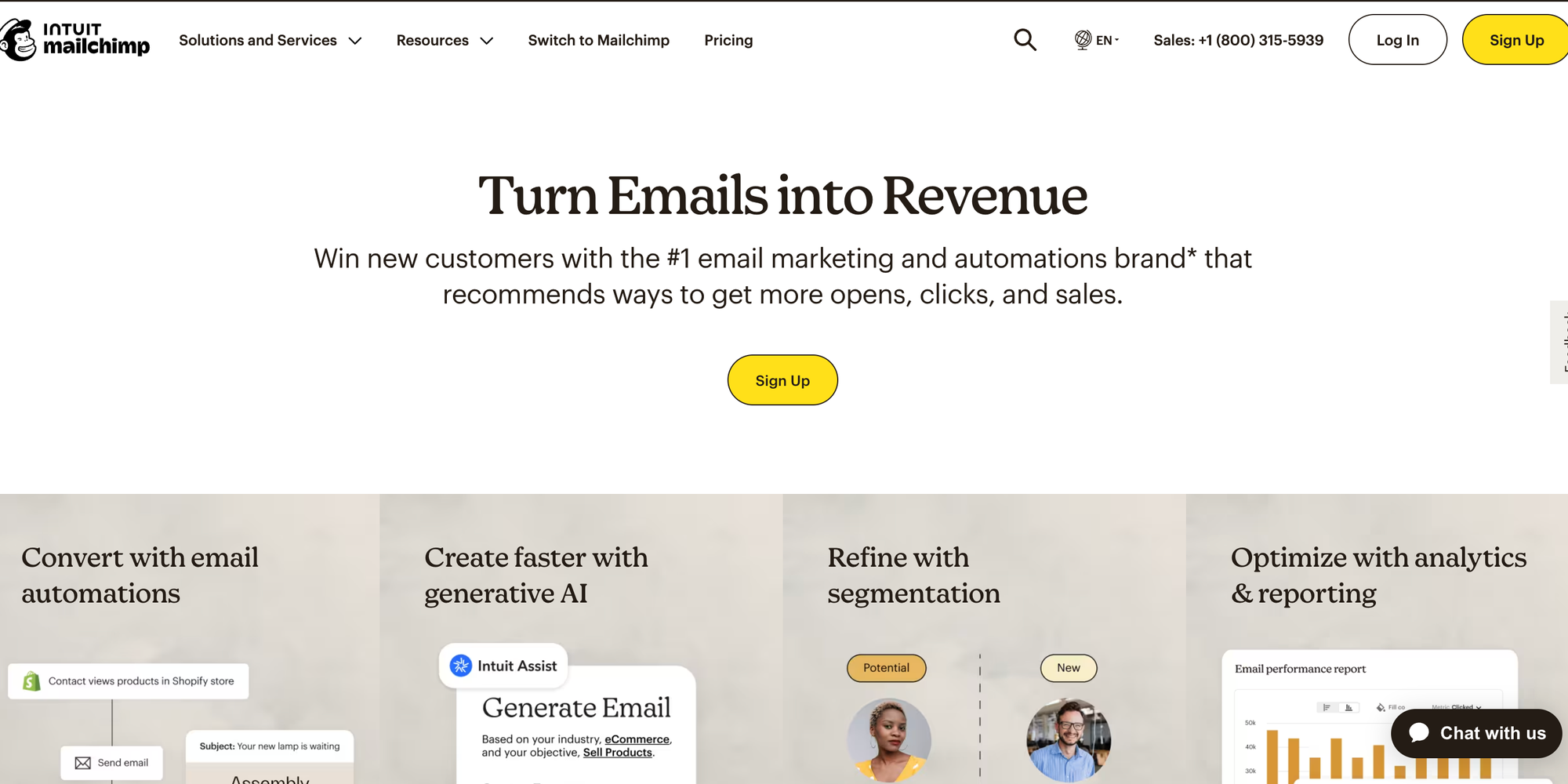
Best for: Beginners, small teams, creators
Pricing:
- Free plan - 500 subscribers, 1 user, 1000 emails/month
- Paid plan starts from $9.19/month - 500 subscribers, 3 users, 5K emails/month
Pros
- User-friendly interface.
- Free plan available.
- Extensive template library.
Cons
- Pricing can become high for larger lists.
- Some users find the automation features limiting.
If you are eyening Mailchimp as your next email marketing platform, make you check its comparison with Omnisend before you make any decision.
Also Read: Mailchimp vs Omnisend: Which one’s best for ecommerce?
AWeber
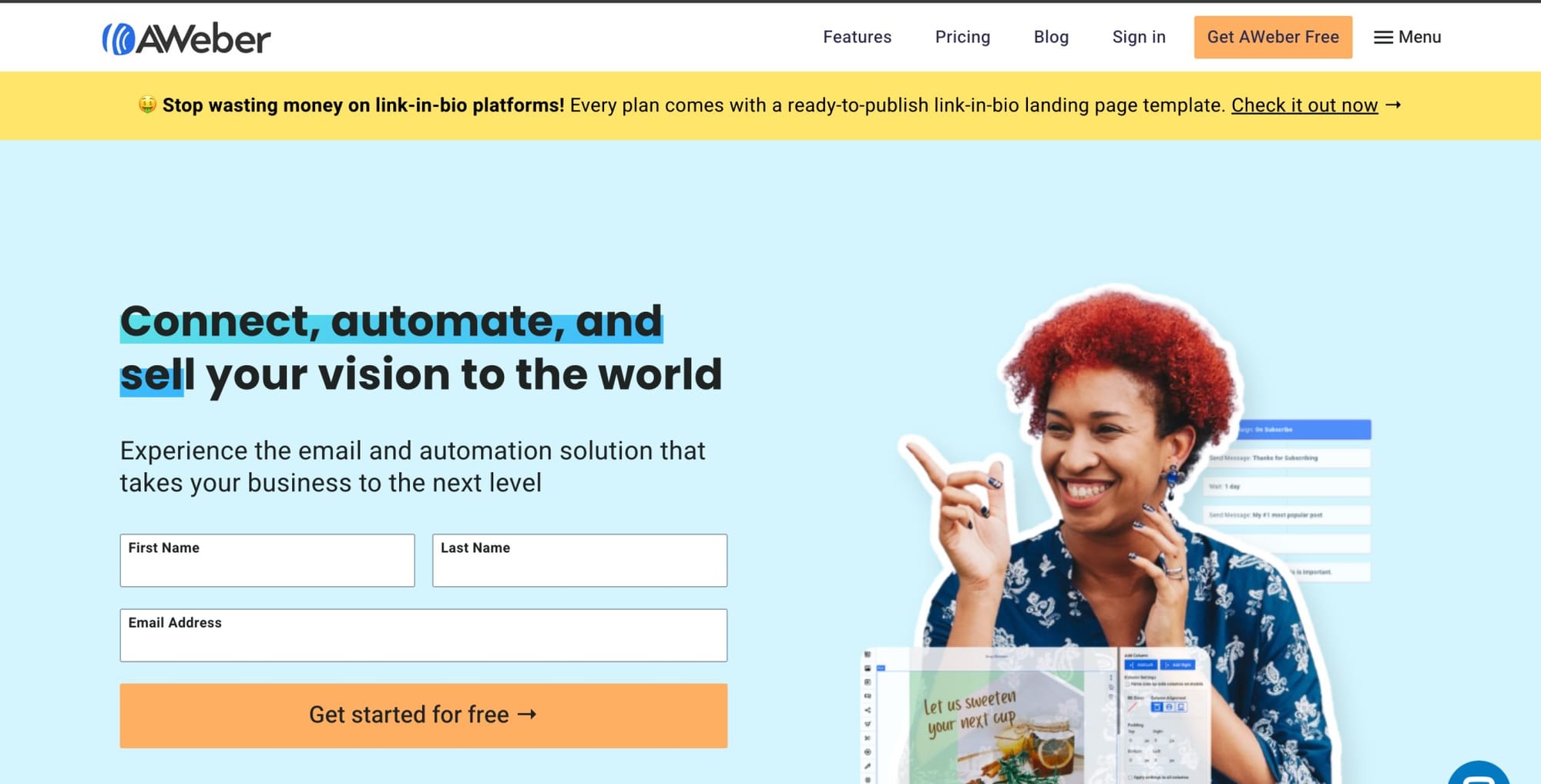
Best for: Beginners, small teams, creators
Pricing:
- Free plan - 500 subscribers, 1 user, 3K emails/month
- Paid plan starts from $14.99/month - 500 subscribers, 3 users, unlimited emails
Pros
- Established in the industry.
- User-friendly interface.
- Good deliverability rates.
Cons
- Advanced automation features may be lacking compared to competitors.
Campaign Monitor
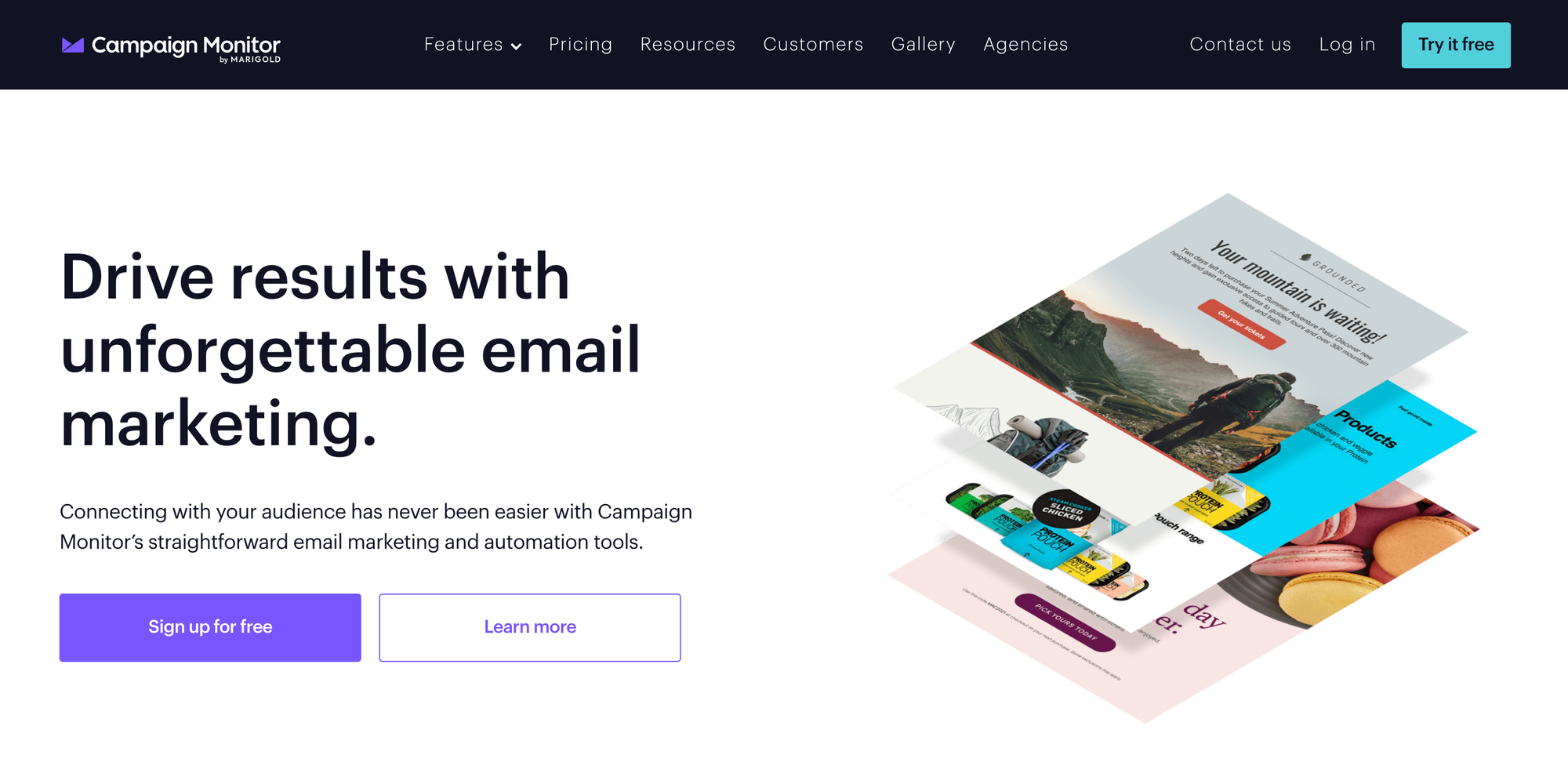
Best for: Beginners, small teams, creators
Pricing:
- Paid plan starts from $11/month - 500 subscribers, 1 user, 2.5K emails/month
Pros
- Beautiful and customizable email templates.
- Good analytics and reporting features.
- Easy to use for beginners.
Cons
- Pricing may be higher compared to similar platforms.
- Some users may find the automation options limited.
Mailtrap
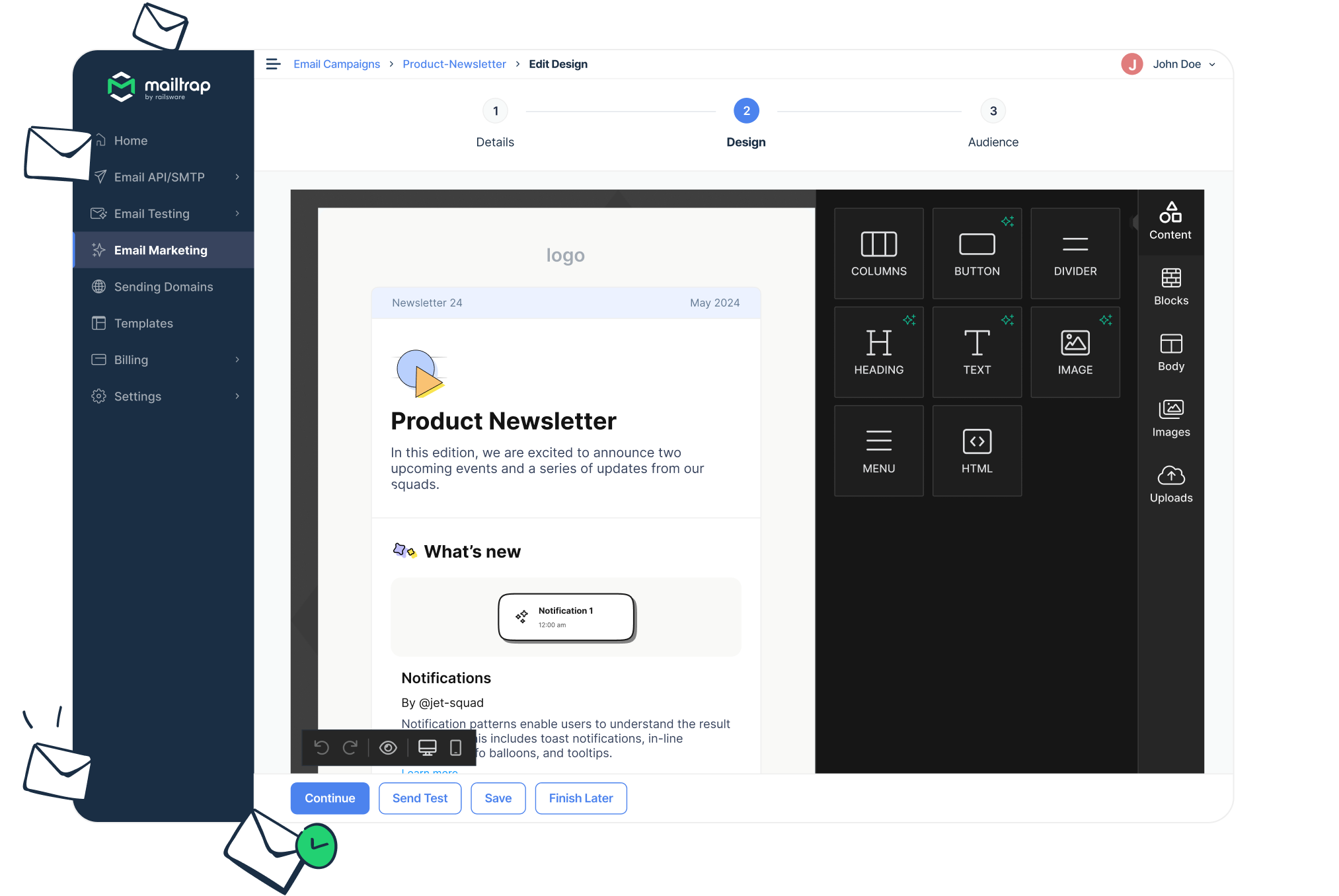
Best for: Businesses seeking an all-in-one solution for email marketing campaigns.
Pricing:
- Free plan: 1,000 emails/month, 1 inbox.
- Paid plans start at $10/month for 10,000 emails/month.
Pros
- Mailtrap provides a suite of features for email testing, sending, and marketing, making it a versatile choice for various email-related needs.
- Users have access to detailed dashboards and real-time analytics to monitor and optimize email performance.
- Mailtrap offers round-the-clock support from engineers and deliverability experts to address any issues promptly.
Cons:
- New users may experience a learning curve when exploring the platform's extensive features.
- While the free plan is suitable for personal projects, businesses with higher email volumes may need to consider the cost implications of the paid plans.
Did We Miss Any Names?
If we missed anything, feel free to reach out and tell us which email marketing platform you prefer, along with its pros and cons, and we will update the list.
In the meantime, if you need help with building your prospect list, try Skrapp to reach out to the right people. You can use our LinkedIn finder extension, People Search, to comb through our database, and finally, verify the email addresses to avoid sending them to the deactivated accounts.

